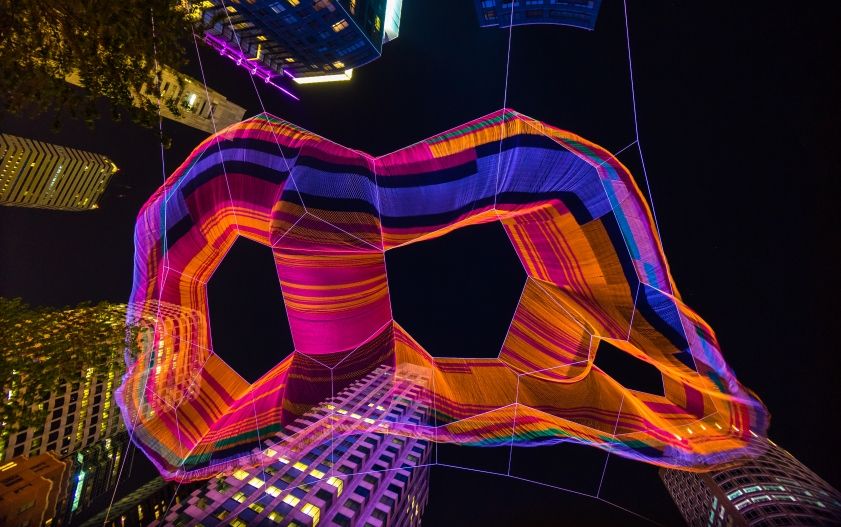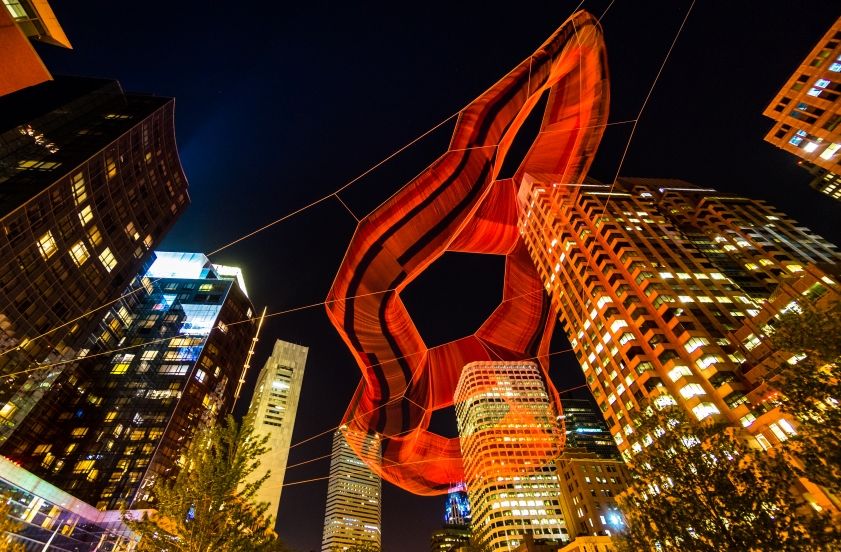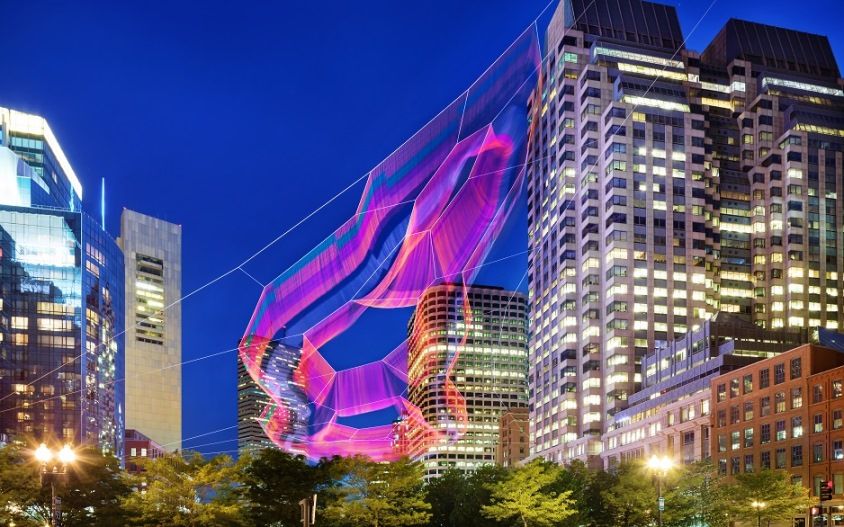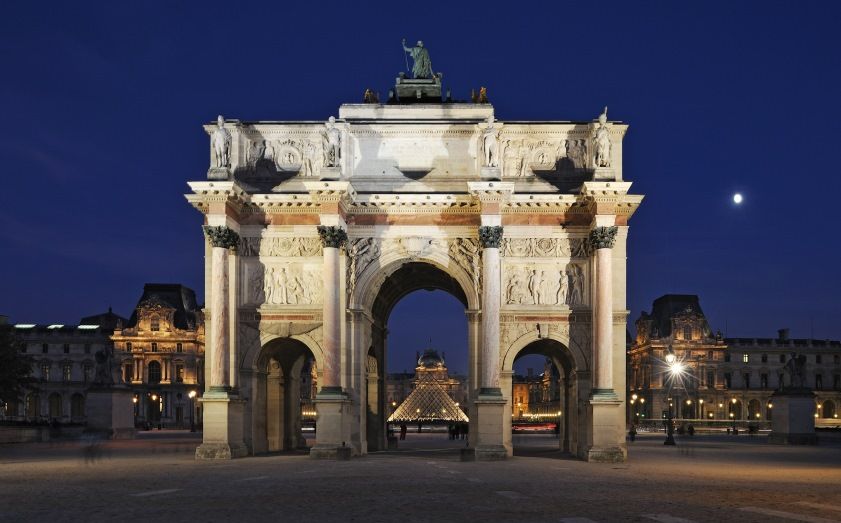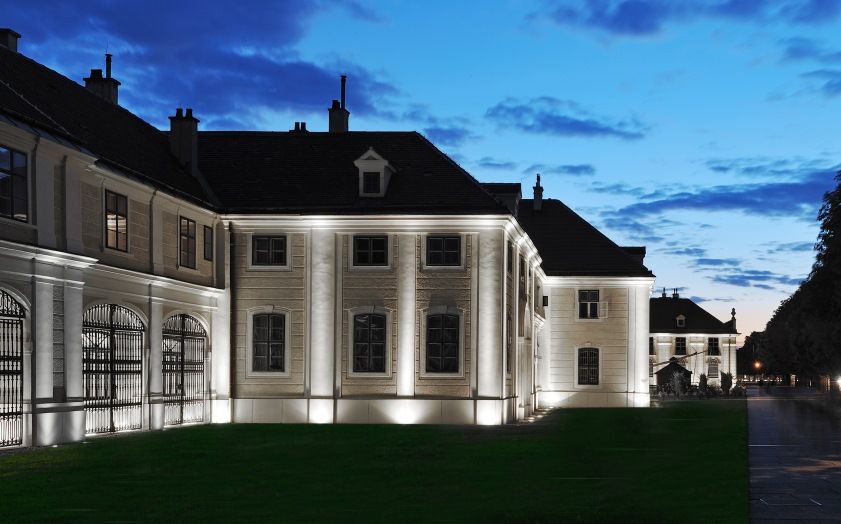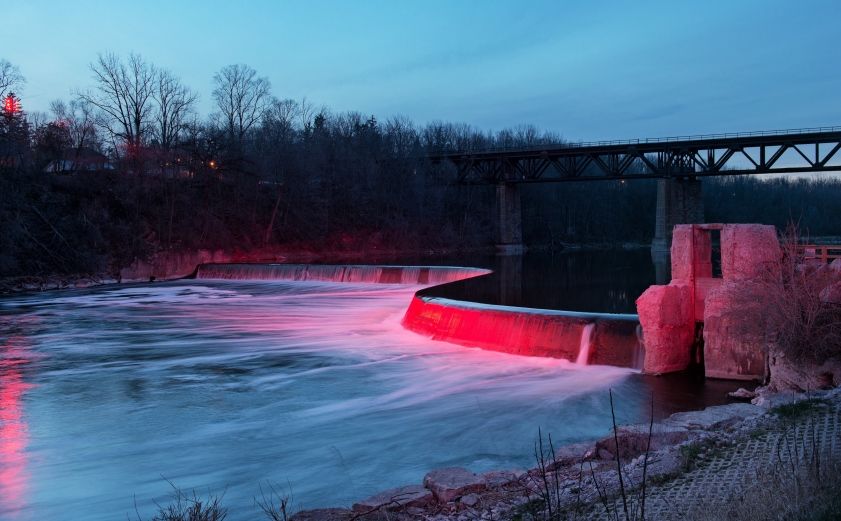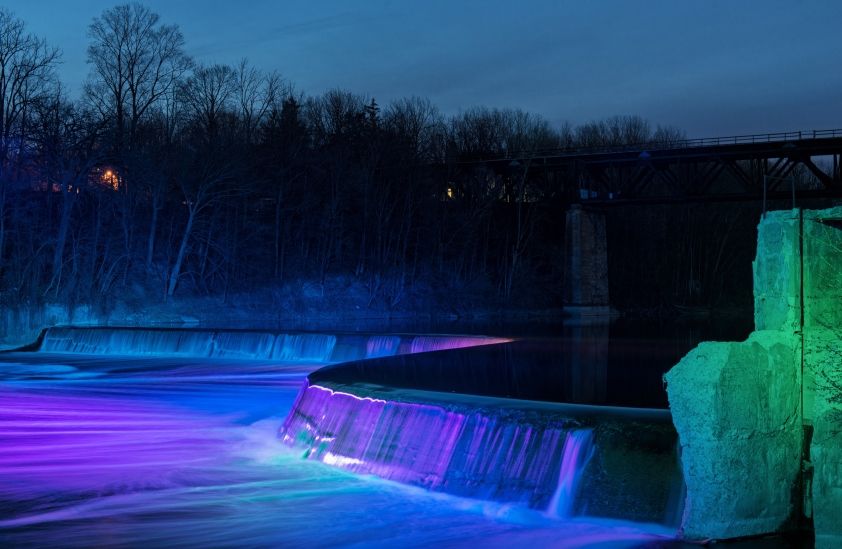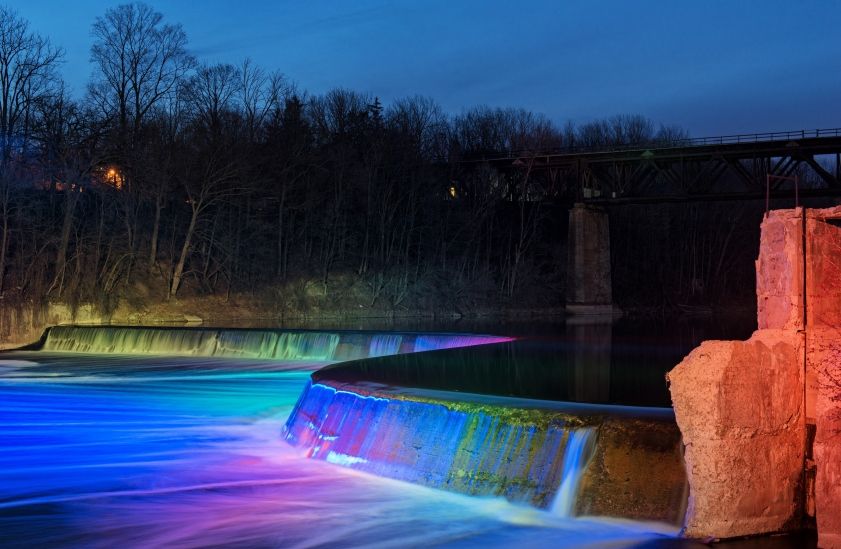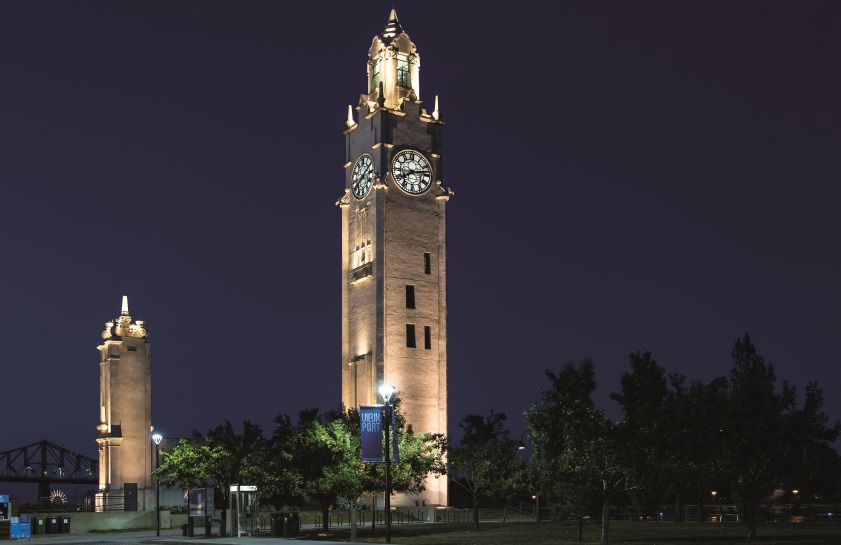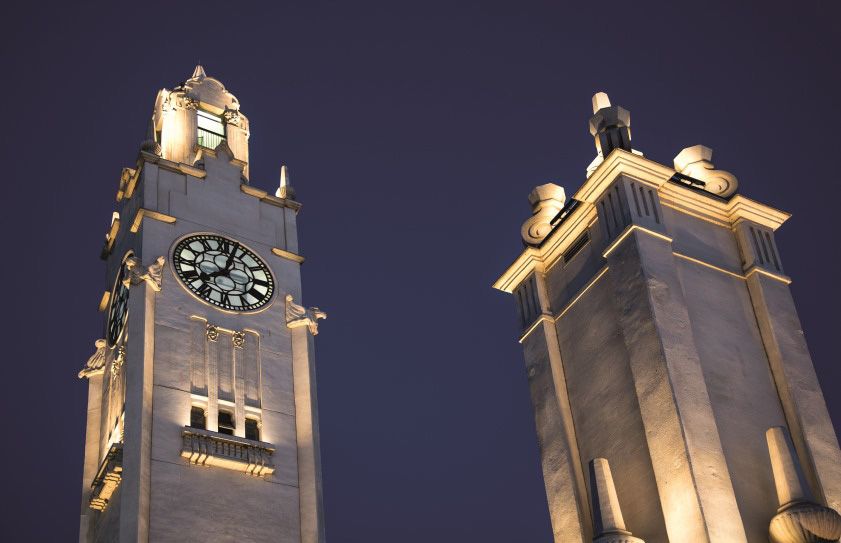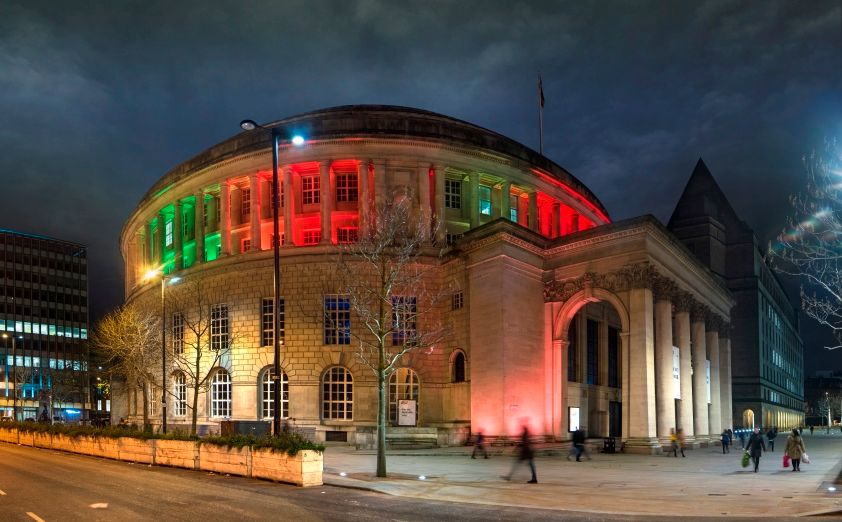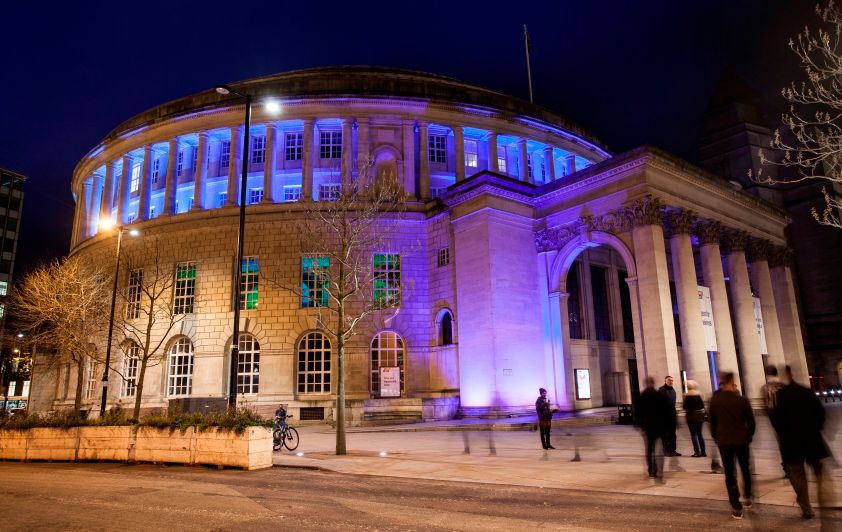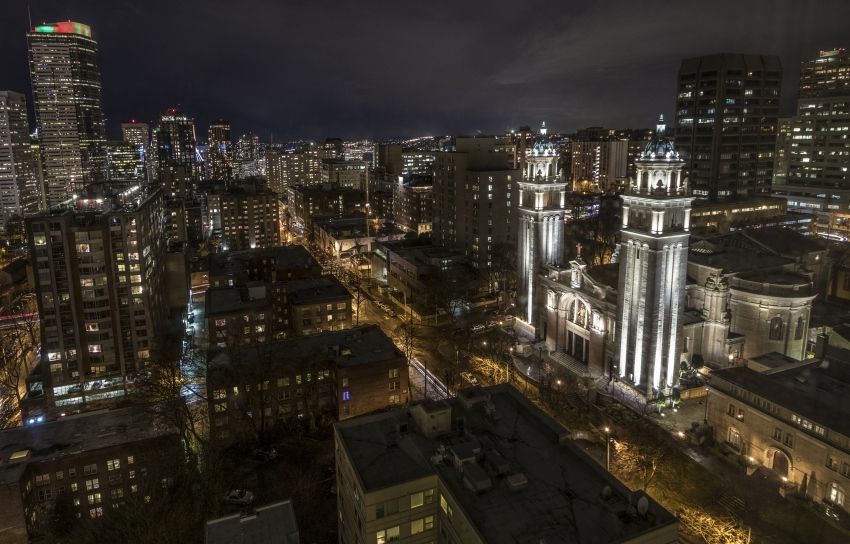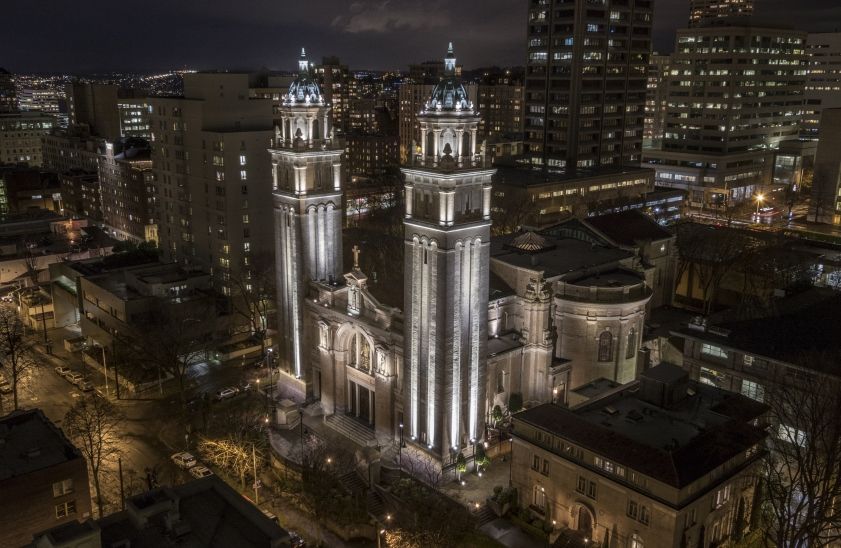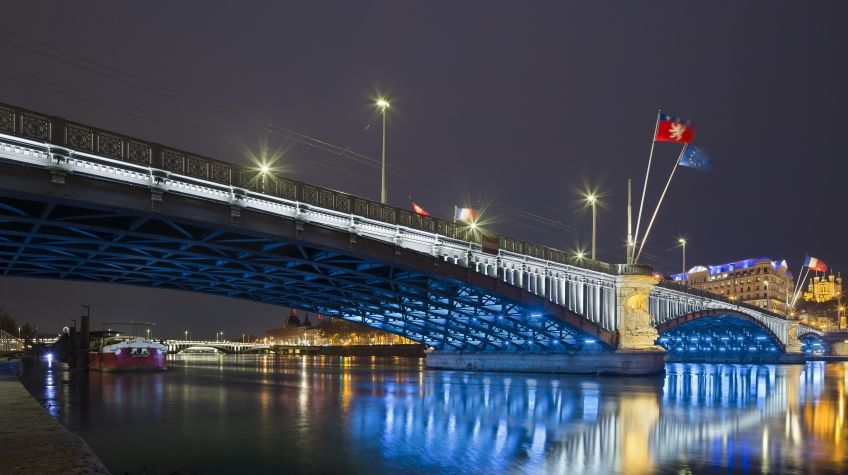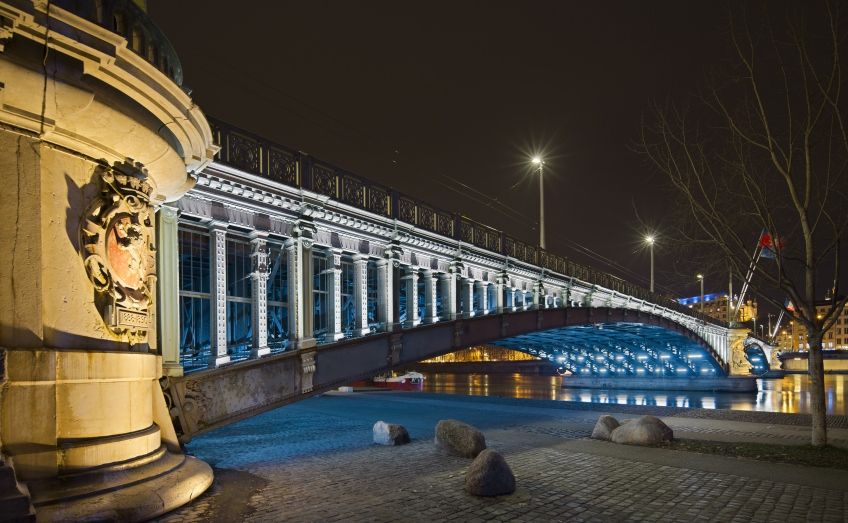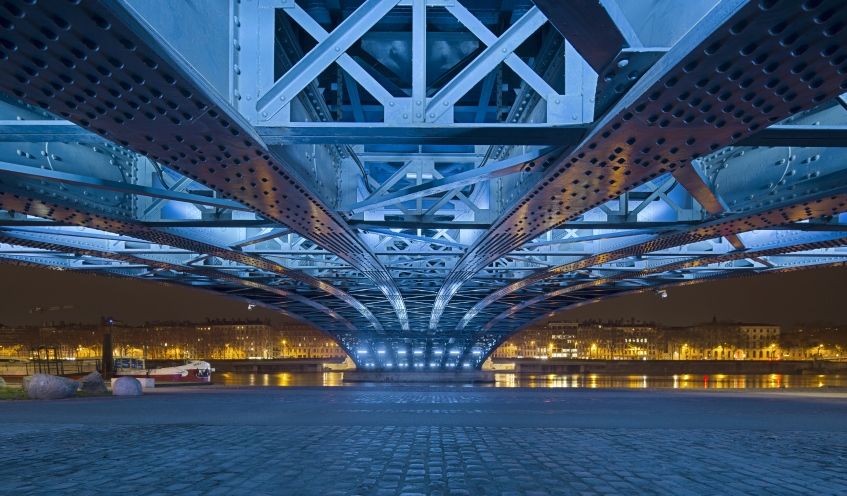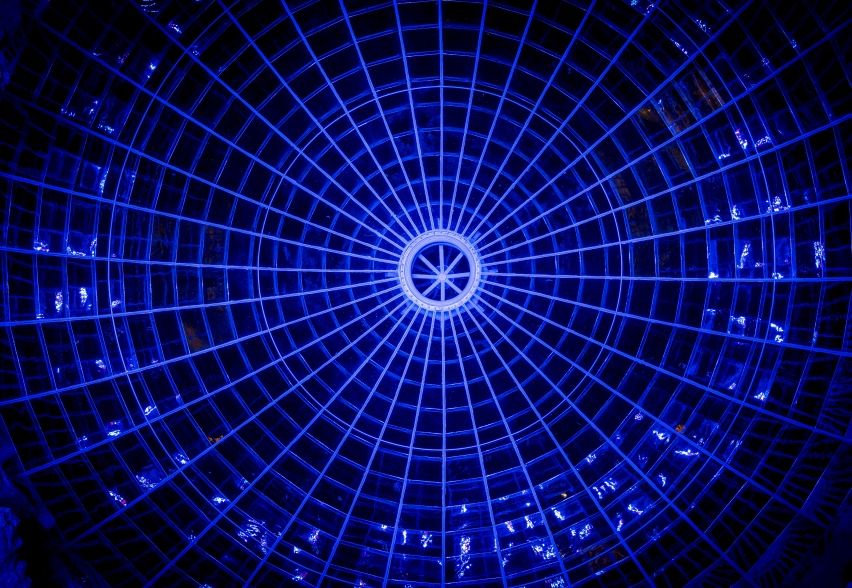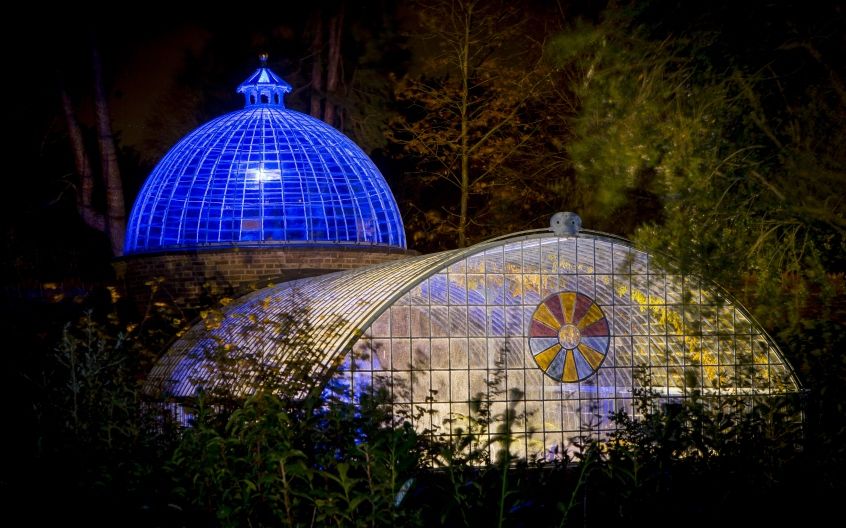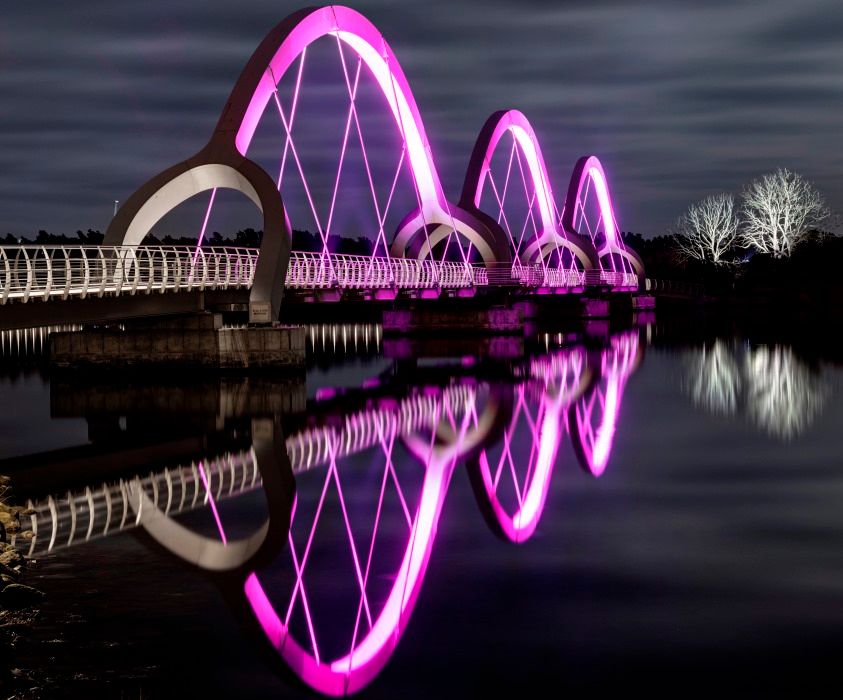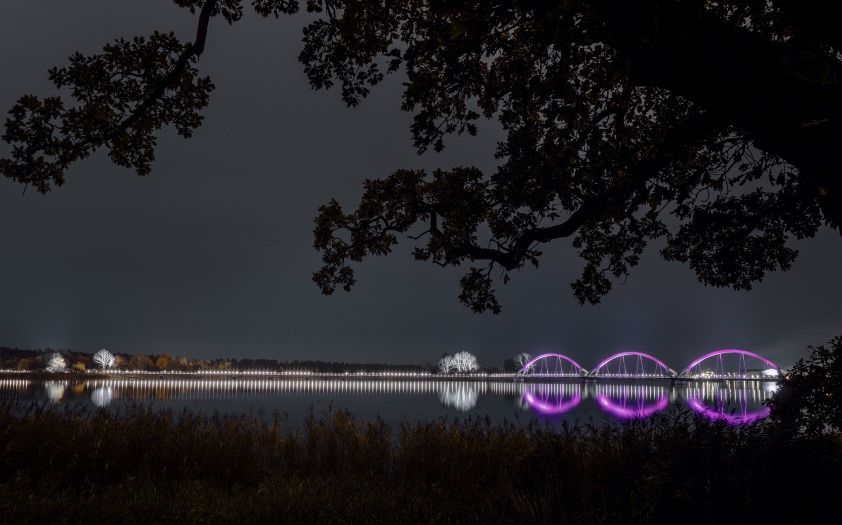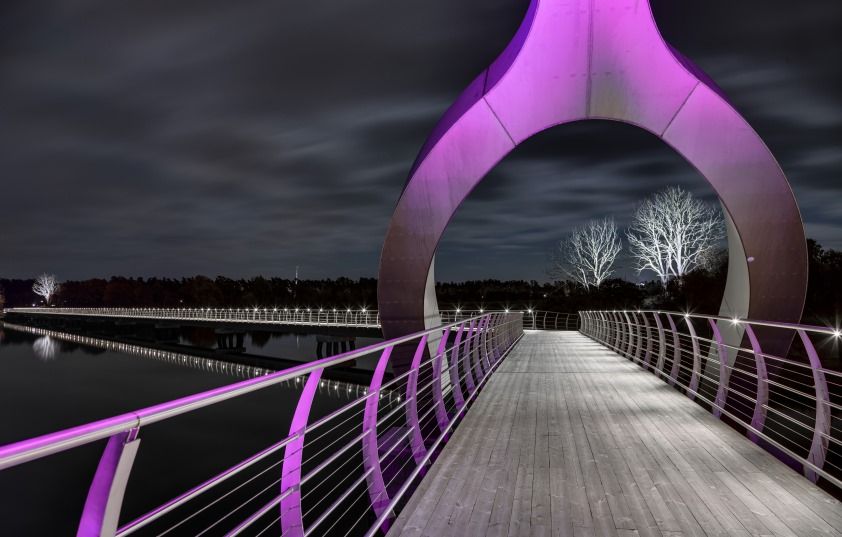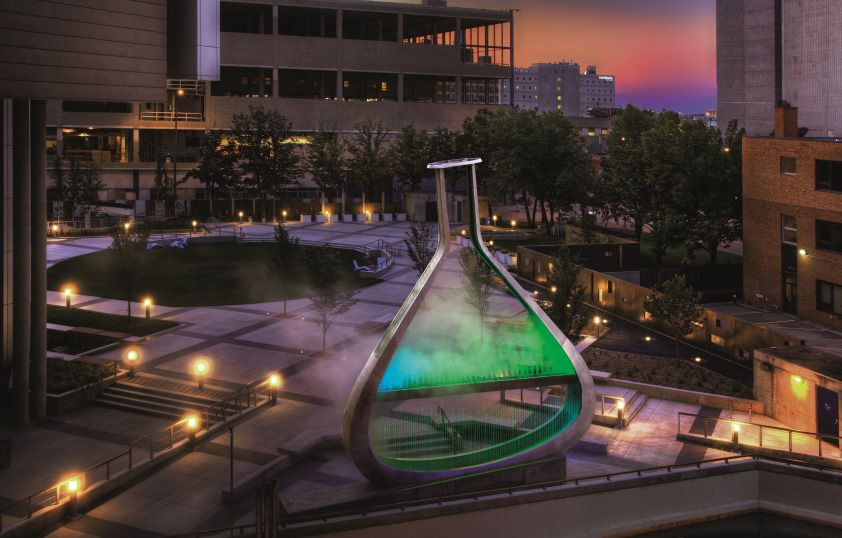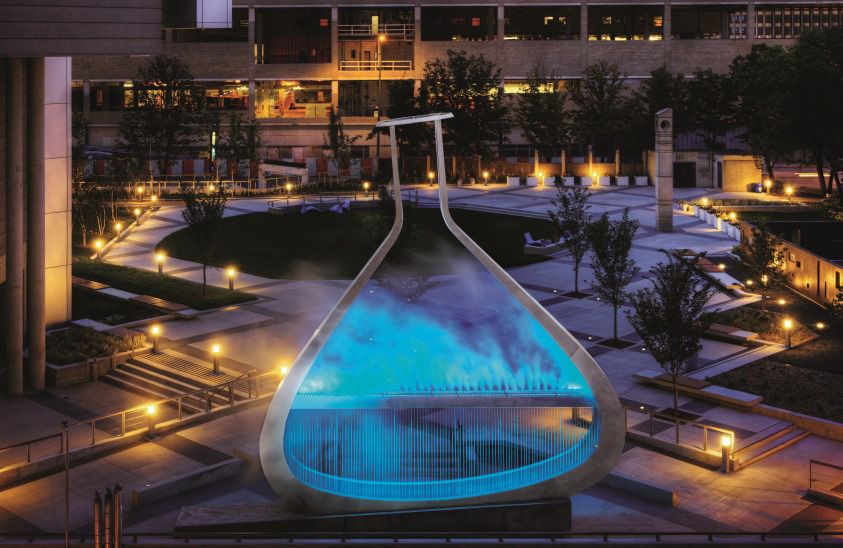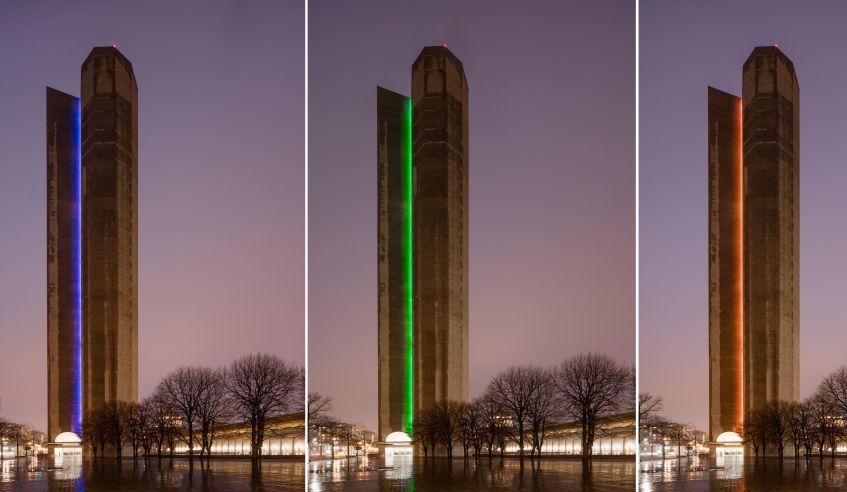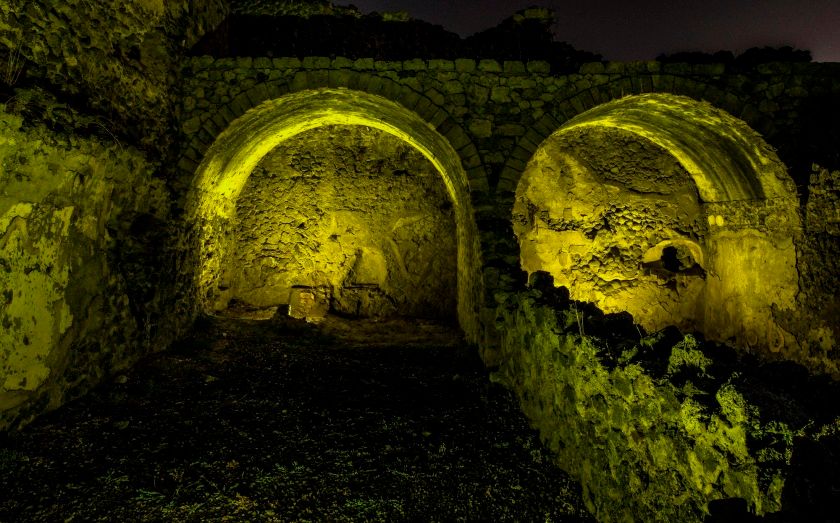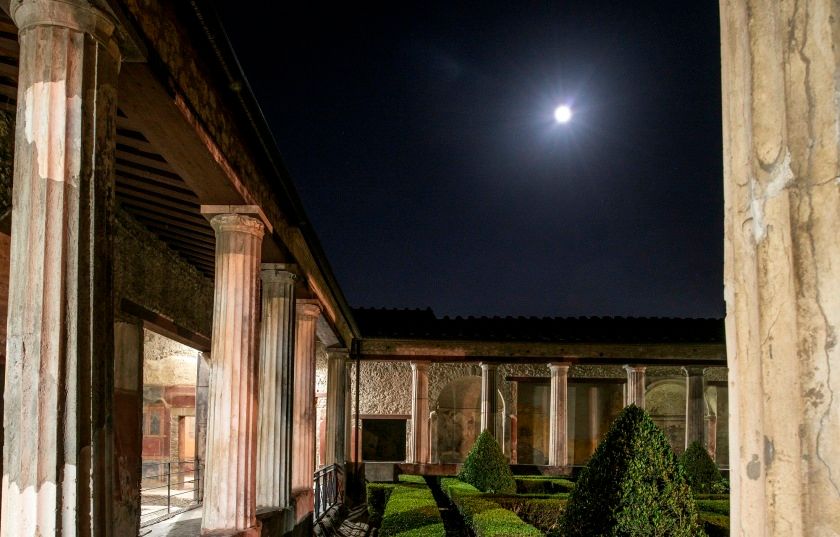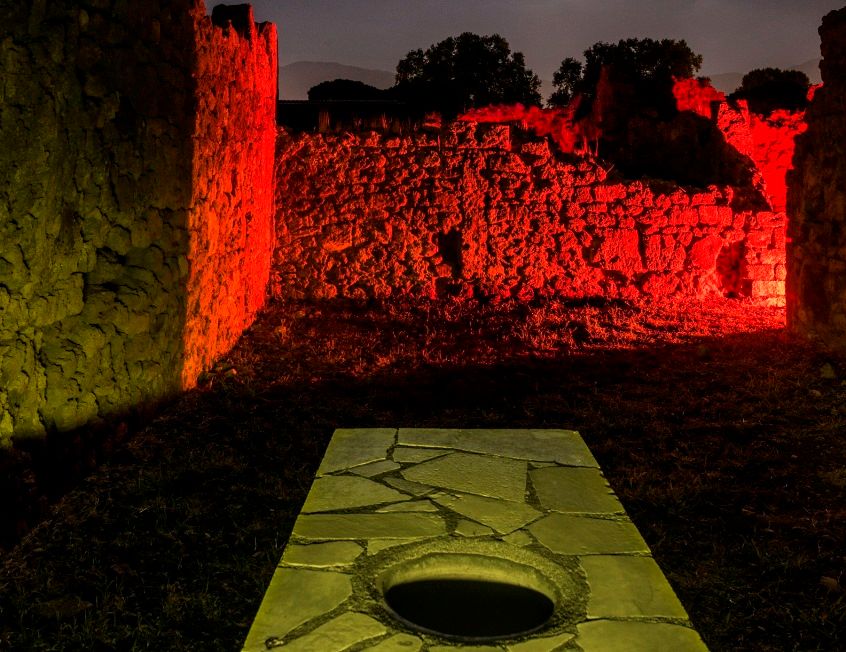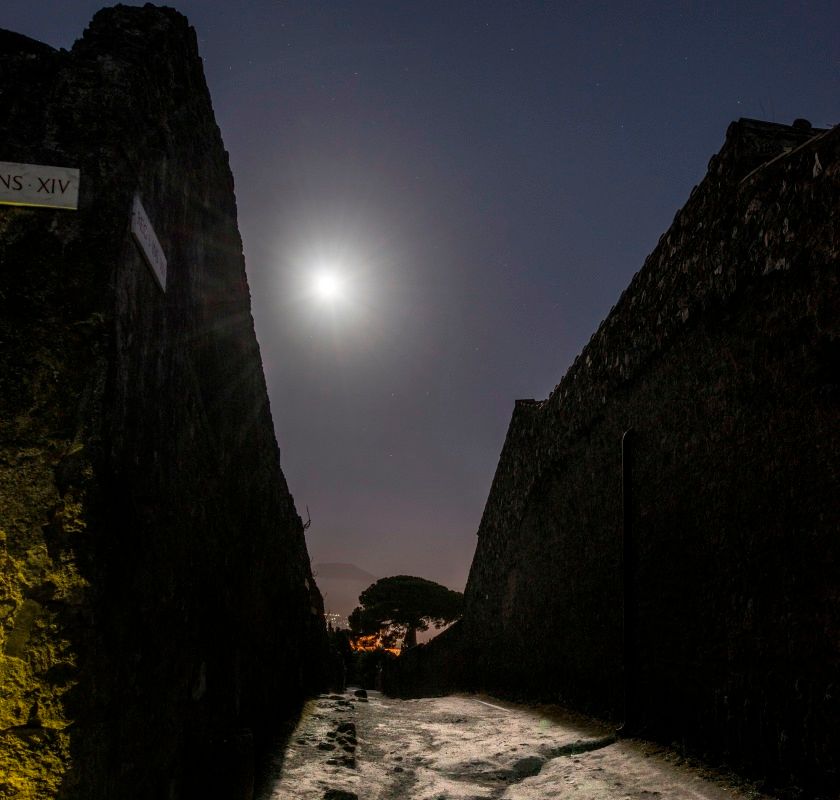18 May 2016
Light cities
Urban transformations and urban lighting
Urban transformations and urban lighting
Since 1975, in Europe, the time of socialization, relational life and cultural information of cities has mainly taken place after sunset. Over the years, artificial light - always synonymous with safety and urban decorum - has turned out to be one of the most powerful and effective means for building the contemporary image, contributing to improve inhabitants’ life quality. As from the Eighties, some European cities - with a view to control the technological complexity and the economic management of urban lighting - have adopted the “Light Plans”. The interest in urban lighting has grown more and more, thanks to factors such as the evolution of local and international regulations on energy conservation and light pollution, the widespread demand for renewal of public areas, the tourist spur to enhance historic-artistic heritage. The first “Plan Lumière” comes into being in Lyon in 1989, aimed at giving prominence to its monumental patrimony by floodlighting about 250 sites in the city heart. In 2004, this plan spreads out from the centre to the outskirts, confirming its tourist vocation also during the yearly celebration of the “Fête des Lumières”: it is a four-night event attracting millions of tourists to visit the bright installations conceived by several artists to light up buildings, streets, squares and parks all over the city. Since 2008, also Vienna has adopted a light plan and has become the city with the lowest crime level in Europe, thus showing that night lighting is not a luxury, but something necessary to the psychological wellbeing of citizens. It is a 15-year plan, envisaging the commitment to reduce energy consumption by 5% within 2015. International experiences - especially in French and Anglo-Saxon culture countries - have revealed the tendency to make efficient and “sustainable” Plans, which in the meantime can be perceived as a “scene” of city night life; just recently, a doubt has crept in that too much light may distort the image and sense of places. Roger Narboni – lighting designer and director of “Concepto” – proposes to carry out some “shadow plans”, such as the Lighting Framework Plan of Pompeii excavations in 1997: it has been conceived to let people walk in the darkness, where the only fixed lights identify the city structural hierarchies, while the domus lights are turned on each time by the guide’s remote control. The rest is left to the moon.
Captions
See more...
